SIGN UP TO BE THE FIRST TO HEAR ABOUT EXCLUSIVE DEALS, SPECIAL OFFERS AND UPCOMING COLLECTIONS
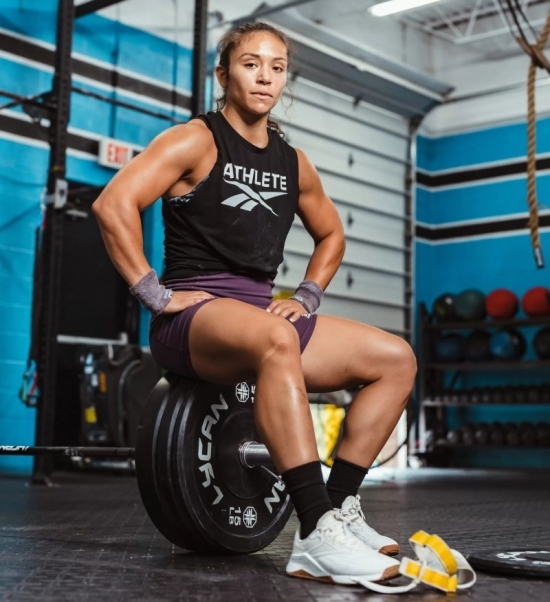
The right plates are all about the kind of training you are into. Powerlifting, weightlifting, or Olympic lifting, these categories will help you lock right on to your preferred bumper plates. We realize that this raises more questions than answering them. Don’t worry, we will walk you through the different types of bumper plates giving you a thorough understanding of them.
Steel plates, steel plates with rubber coating, and Olympic Bumper Plates are the different types of Bumper plates we will be dealing with in this article. Let’s start!
Used for general strength training, steel plates are a practical option if you are on a limited budget or just starting out. Most training centers and gyms, don’t prefer steel plates due to their lack of finesse and the fact that they can be pretty noisy. If you like the clank of metal plates while you work up a sweat, these are the plates for you.
Urethane-coated plates are quieter than steel plates and many gyms like to keep them for this reason. However, they do come short when compared to Olympic Bumper plates. If you are a beginner and don’t want to make a lot of noise while working out these plates might suit you better than steel plates. There is not a huge price difference between Urethane plates and Olympic Bumper Plates. It is always better to be choosing Olympic bumpers over rubber-coated steel plates.
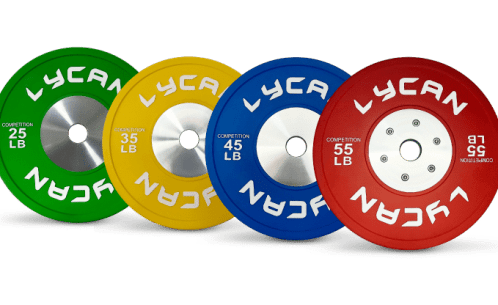
Commonly referred to as ‘Bumpers’, these plates are made out of dense rubber and are built for Olympic barbells. These plates come in kilograms and pounds and offer the same weight spectrums as steel plates but limited to 10, 15, 20 and 25 Kilograms for KG plates and 10, 15, 25, 35, 45 and 55 pounds for LB plates. Generally available in black, these plates are also available in several other colors. Competition plates are only available as colored plates.
Olympic weightlifting was the reason Rubber Bumper Plates were created. Previously, lifters would use steel plates. The problem with these plates was that they had to be carefully put down after lifting. This was both impractical and dangerous for the athletes. The early versions of bumper plates limited the amount of weight that could be mounted onto the bar. After the onset of these new bumper plates, athletes can mount much more weight onto their Olympic Barbells.
Sold in pairs, you should look out for the following characteristics and features when selecting Olympic Bumper Plates.
Safer: The end state of the Olympic lift is overhead or at the shoulder. Rubber plates are not only easier to maneuver but can also be safely dropped without the fear of any damage being caused to the floor or the plates. Rubber plates are perfect for gyms for the same reason. There is an assurance that they will not crack or cause any damage to the foundation if they are dropped by mistake or otherwise.
Workout Flexibility: They provide future flexibility. A considerable number of athletes are returning to Olympic lifting. Irrespective of whether you find yourself at a fitness level to lift, they’re a good investment for future usage.
Quieter: They are amazing to work with. The clanking of metal on metal can be hellish. Rubber bumper plates do not have this problem. Not only are they less prone to damages, but they also help you maintain a quieter work environment.
It is imperative that you only stock your gym with Olympic bumpers. Gym owners generally stack steel as well as rubber bumpers. For those of you who want to know and learn about the different types of bumpers, here are the following
The name of these plates elucidates their purpose perfectly. These are training plates for aspiring Olympic lifters to work on their form and technique. Used in training and generally come in 2.5, 3.75, and 5-kilogram plates, as well as 5 and 10-pound versions. If you’re training for Olympic lifting the Technique plates help your form with a light load on the bar. The amount of weight you want to put on the bar is up to your level of training, however, a single or a double would be apt for beginners. These plates can take the abuse of regular usage
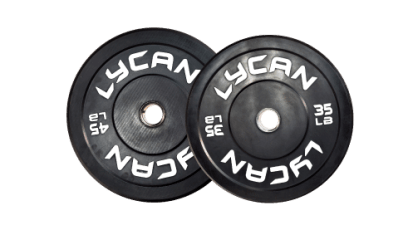
Black Bumper Plates are generally the most common bumpers that you will find. They feature a high-density rubber construction that gives them resilience like no other bumper. The Black Bumper plates quality varies in the market. They might range from really cheap to great quality ones. Do not pick Black training bumpers only based on their look. In other words, keep durability in mind when choosing these training plates.
Colored Bumpers following the color-coding schemes laid out by the International International Weightlifting Federation and the International Powerlifting Federation. Here are the standard colors you will come across in the market.
The color-coding system is not just a fun element or to attract customers. Coaches and trainers use this coding system to pick the right way easily. Certain brands tend to mix up the standard color-coding using red or yellow for 45 lb and use green for 25 lb, or dropping an entire plate for the line. It is always better to steer clear of such brands as they have no idea about the significance of these color coding or the product that they are selling. These plates are a bit softer than black bumpers making them even more silent.
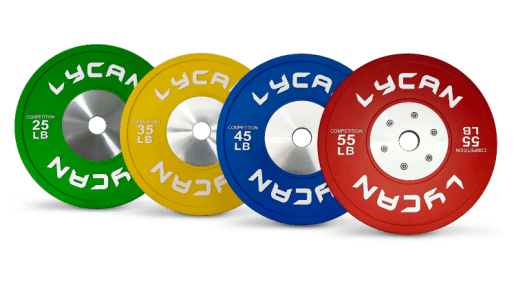
Competition bumpers constitute the highest standards of bumper plates. They have several advantages which are as follows.
There is no point in sugar-coating things, these plates will cost you a fair amount of money. They are pro-level plates and the primary advantage of working out with them is training with the same equipment that you will be competing with. Usually found in all high-end gyms and used by competing athletes. They are not the ideal choice when it comes to home gyms or general training. On the other hand, if you are looking for a bang for your buck these are the plates to go for. With all their advantages these plates won’t let you down.
Certain brands do have training version plates. Bumper plates certified are calibrated correctly by weight. Training plates are not.
We know his plethora of information may intimidates you or leaves you wondering, we completely understand. In addition, we have constructed a simple two-part approach to bumper plates below. This is going to help you distinguish between good and bad plates.
Steel Insert: Initially people used brass and then realized that it was not useful. Brass is soft and weak and causes it to bend and break.
Rubber Type: Soft and hard rubber are the two types of rubber that dominate this industry. The soft variant is crumb rubber which helps improve durability and lifespan. Bumpers made out of soft rubber offer decent bend, bounce high, and have a rough look to them. Hard rubber bumpers have a nicer finish and kind of make a thud sound when dropped on the ground. That is to say, they do not bounce much and their durability is lesser when compared to the soft type and they scuff over time.
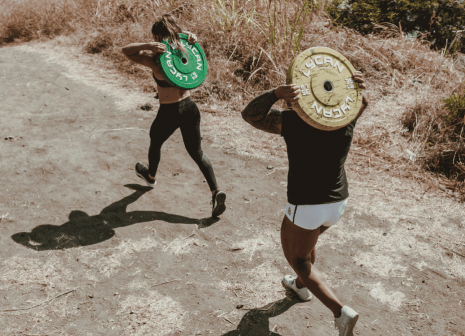
Made from virgin raw material, Lycan Elite Camo Rubber Bumper plates are built for durability and minimum rebound when they fall. They come in an attractive camouflage design for easy identification. Available in 10 / 15 / 25 / 35 / 45 Lbs, these plates come in standard Olympic measurements and fit any Olympic barbell, powerlifting barbell, and any other barbell complying with Olympic standards.
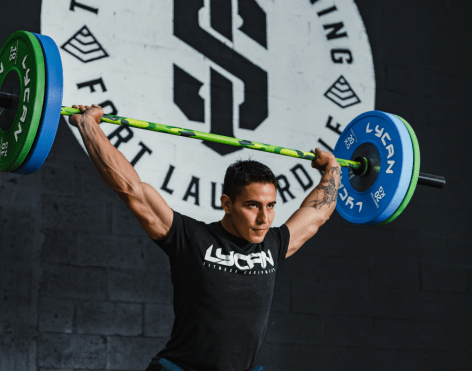
These competition plates comply with International Weightlifting Federation standards. If you’re passionate about lifting, these are the right plates for you. Made with high-grade raw material for better performance and durability. These plates feature calibrated steel center plates for better weight distribution. Color-coded for easy identification. They also have raised flanges in order to prevent them from coming in direct contact with other plates. This prevent damage and extends their lifespan. They are available in 10 / 15 / 20 / 25 kgs and there is the option in LBS in 25 / 35 / 45 / 55 pounds.

Our Color Rubber Bumper Plates are made from virgin raw material for long-term durability and minimal rebound in the fall, they feature an attractive, world-established, and color-coded design for easy identification ideal for a variety of training centers. Color-coded for easy identification and differentiation . You will find them in 25 / 35 / 45 / 55 pounds.
Having a working understanding of the different types of bumper plates will help you make a good investment and pick out the most suited bumpers for you. Please visit our website to get a more comprehensive idea about our bumper plates!
You must be logged in to post a comment.